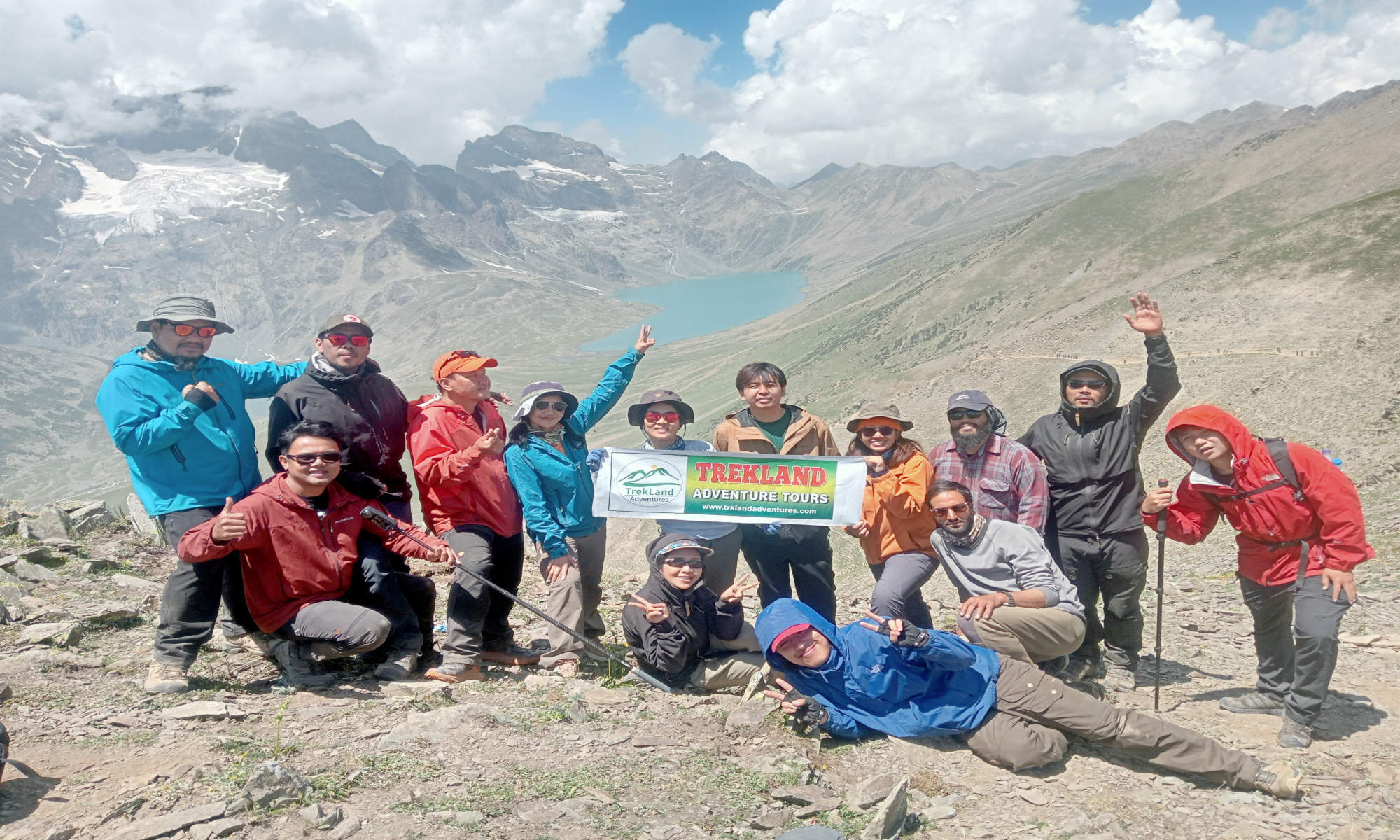Exploring the Golden Triangle of India: A Journey Through Culture, History, and Heritage
India is a land of immense diversity. It offers a fascinating blend of rich culture, deep-rooted history, and natural beauty. Among its many tourist circuits, the Golden Triangle of India stands out as one of the most popular. This well-known route connects three of India’s most iconic cities: Delhi, Agra, and Jaipur. These cities form a triangle on the map, making the tour ideal for travelers who want to experience the essence of India in a short time.
Delhi: The Heart of India’s Culture
The journey begins in Delhi, the capital city of India. Known for its bustling streets, ancient monuments, and cultural significance, Delhi presents a vibrant contrast between tradition and modernity. It offers a mix of historical landmarks and contemporary attractions that make it an essential part of the Golden Triangle tour.
-
Red Fort: Built by Mughal Emperor Shah Jahan in the 17th century, this massive red sandstone fort is a UNESCO World Heritage Site. It stands as a symbol of Mughal architecture and contains several beautiful buildings and museums within its walls.
-
Humayun’s Tomb: This 16th-century structure, also a UNESCO World Heritage Site, is a magnificent example of Mughal architecture. It served as a design inspiration for the Taj Mahal.
-
India Gate: Standing 42 meters tall, this war memorial honors Indian soldiers who died in World War I. It offers a serene setting for evening strolls and picnics.
-
Qutub Minar: At 73 meters, it is the world’s tallest brick minaret. A striking example of Indo-Islamic Afghan architecture, this UNESCO site is one of Delhi’s most visited landmarks.
Agra: The Icon of Love on the Golden Triangle
Next, the journey moves to Agra, famous for the majestic Taj Mahal, a global symbol of love and devotion. Agra showcases the grandeur of the Mughal era through its monuments and architectural gems.
-
Taj Mahal: Built by Emperor Shah Jahan in memory of his wife Mumtaz Mahal, this white marble mausoleum is one of the Seven Wonders of the World. Its symmetry, detail, and serene beauty attract millions of visitors each year.
-
Agra Fort: Constructed by Emperor Akbar in the 16th century, this massive red sandstone fort features elegant courtyards, palaces, and mosques. Visitors can enjoy panoramic views of the Taj Mahal from its towers.
-
Fatehpur Sikri: Located just outside Agra, this historical town once served as the Mughal capital. Emperor Akbar built it with Persian-style architecture, and today it remains a UNESCO World Heritage Site with highlights like Buland Darwaza and Panch Mahal.
Jaipur: The Pink City and Grand Finale
The final leg of the tour leads to Jaipur, the capital of Rajasthan. Known as the “Pink City” for the distinctive color of its buildings, Jaipur delights visitors with its regal palaces, towering forts, and vibrant bazaars.
-
Amber Fort: Located on a hilltop, Amber Fort features a blend of Hindu and Mughal architecture. Its interiors are decorated with intricate carvings, frescoes, and mirror work.
-
City Palace: This sprawling complex of courtyards, gardens, and buildings once housed Jaipur’s royal family. It reflects a mix of Mughal, Rajput, and European styles.
-
Hawa Mahal: Also called the “Palace of Winds”, this five-story structure has over 900 windows. It allowed royal women to observe street life while staying out of view.
-
Jantar Mantar: Built in the 18th century by Maharaja Jai Singh II, this astronomical observatory holds the world’s largest stone sundial. It is also a UNESCO World Heritage Site.
Best Time to Visit the Golden Triangle
Although the Golden Triangle can be visited year-round, the best time is between October and March. During these months, the weather is cooler and more comfortable, especially for outdoor sightseeing.
-
Winter (October to March): With temperatures between 10°C and 25°C (50°F to 77°F), winter provides ideal conditions for exploring monuments and bustling city streets.
-
Summer (April to June): Temperatures can exceed 40°C (104°F), making sightseeing difficult. Travelers should stay hydrated and avoid the midday sun if visiting during this time.
-
Monsoon (July to September): Heavy rainfall, especially in Delhi and Jaipur, may disrupt travel. However, the landscape turns lush and green, offering a unique perspective of the region.
Why the Golden Triangle India Tour Is a Must-Visit
The Golden Triangle offers an unmatched combination of historical landmarks, cultural depth, and architectural brilliance. Beyond sightseeing, travelers can enjoy local cuisines, witness traditional art forms, and experience Indian hospitality firsthand.
For first-time visitors, this tour is a convenient and enriching introduction to India. Whether you are passionate about history, fascinated by architecture, or eager to explore a new culture, the Golden Triangle delivers a memorable experience.
In conclusion, the Golden Triangle India tour is more than just a trip. It’s a journey through time, showcasing India’s past and present. From the historic streets of Delhi to the timeless beauty of the Taj Mahal and the royal charm of Jaipur, every city offers something unique. This unforgettable adventure will leave you with cherished memories and a deeper appreciation of India’s heritage.


